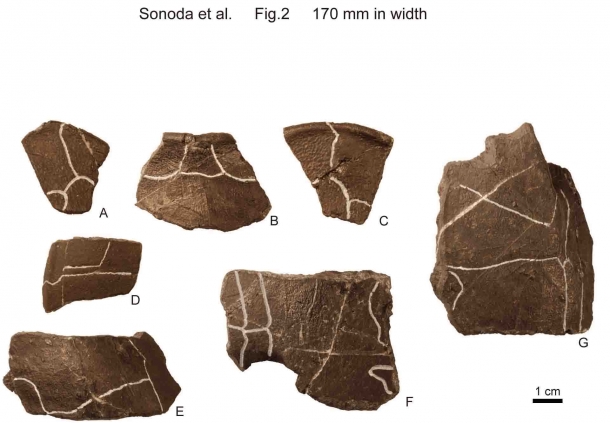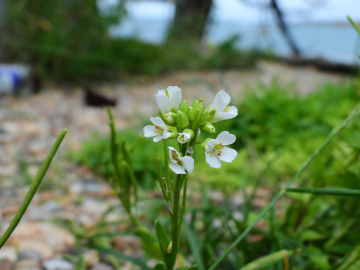Professor Ren Hirayama’s research group at the International Faculty of Research and Education has discovered the world’s oldest adocus fossil. Below is the column written by Professor Ren Hirayama detailing the discovery.
The fossil discovered in Fukuoka prefecture is the oldest fossil of the extinct adocus genus. The fossilized animal was classified as a new ancient Japanese species in the Palaeontological Society of Japan’s English-language journal and is named adocus sengokuensis after the location where it was discovered, sengokukyou (千石峡). Teppei Sonoda (Fukui Prefectural Dinosaur Museum), myself, Yoshihiko Okazaki (Kitakyushu Museum of Natural History & Human History), and Ando Hisao (Ibaraki University) wrote the treatise on the fossil and part of it written by Dr. Sonoda was published in the Palaeontological Society of Japan’s academic journal. The treatise committee included Professor Ando (committee chair) and myself (secondary judge).
The adocus turtle lived from the Mesozoic era of the dinosaurs (Approximately 100 million years ago) to the third century of the Cenozoic era (40 million years ago) and was present in Japan, China, Mongolia, Uzbekistan, Kazakhstan, Tajikistan, Georgia, and North America. The adocus resembles the emydidae, or marsh turtle, but is closely related to the Trionychidae, or soft-shell turtle. In the area currently being excavated in Kujishi, Iwate, adocus is one of the most commonly found fossilized animals.
The recently discovered adocus fossil is the oldest discovered so far (approximately 110 million years old) and informs us that the adocus’s history is 10 million years older than previously thought. It also leads us to believe that the adocus originated from East Asia. Fossilized turtles other than the adocus and related to the trionychidae, or soft-shell turtle family are being discovered in Japan and China. Based on this trend, we can extrapolate that the turtle originated in Asia and from there evolved and spread to other parts of the world. In general, turtles can be very large and some species have shells that are 70 centimeters long and bodies that are over 1 meter in length. The size of this fossilized adocus is relatively small – with a shell length of approximately 30 centimeters – compared to evolved species of turtles. Animals’ bodies tend to get larger as they evolve and turtles are no exception. Although it may appear trivial, this trait distinguishes scaled, shelled animals from other scaled species.

The newly discovered adocus fossil (adocus sengokuensis) with part of its shell preserved. (Courtesy of Dr. Sonoda)
My colleague Okazaki Yoshihiko was responsible for the difficult procedure of extracting the fossil from hard rock. In Fukui prefecture, Dr. Sonoda’s press conference was aired on television and became big news. Based on the reaction of this discovery, I believe interest in fossils other than those of dinosaurs is increasing. Dr. Sonoda is my pupil but he is a tremendous researcher and I hope he will use this opportunity to continue devoting himself to the pursuit of knowledge.








